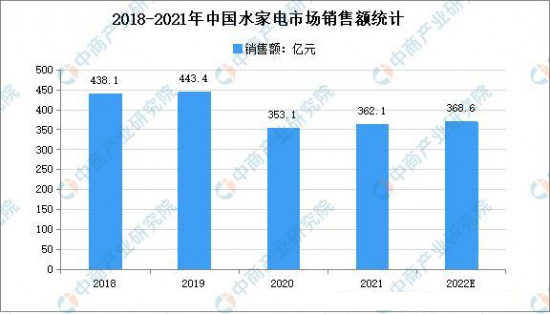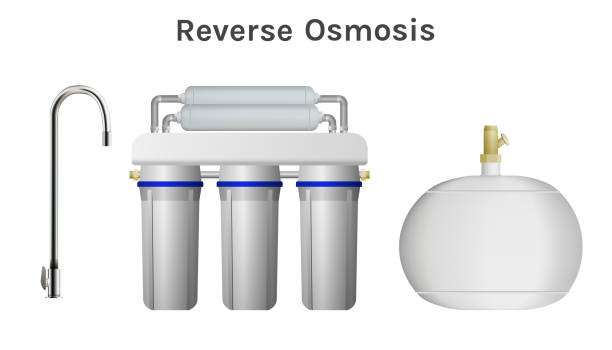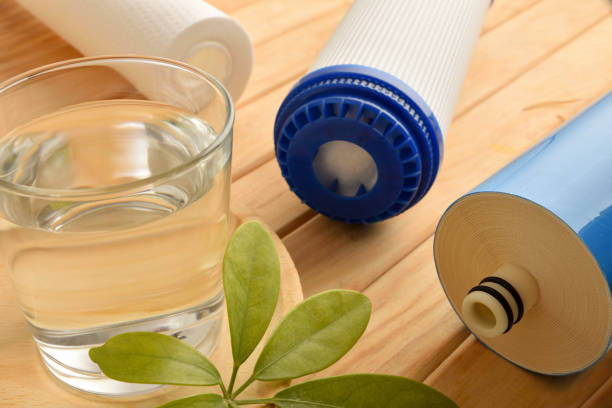According to the total data from ogesz, the overall market sales of water appliances in my country will be 36.21 billion yuan in 2021, a year-on-year increase of 2.5%. yuan, an increase of 1.3% year-on-year, the scale of drinking machines was 2.08 billion yuan, an increase of 6.4% year-on-year, while the front-end water purification equipment was driven by consumption upgrades, and the growth was obvious. The water softener market size was 2.17 billion yuan, an increase of 39.8% year-on-year. The market size is 900 million yuan, a year-on-year increase of 8.6%. In 2022, the general environment of the water appliance market and the potential consumption demand mining still cannot be effectively improved. Oge Digital Network (ogesz) estimates that the overall water appliance market size in 2022 will be 36.86 billion yuan, a year-on-year increase of 1.8% driven by front-end water appliances. The water appliance market was 21.84 billion yuan, down 3.9% year-on-year, maintaining a trend of shrinking demand.

2018-2021 China's water appliance market sales statistics

2016-2021 China's terminal water appliances market scale statistics

2018-2021 China's water appliance market sales proportion



 Management of reverse osmosis equipment during shutdown, as long as you master these management skills, easy to resume operations!
Management of reverse osmosis equipment during shutdown, as long as you master these management skills, easy to resume operations!
 RO Low Pressure Membrane: Widely Used in Multiple Fields to Create Efficient, Energy-Saving Water Solutions
RO Low Pressure Membrane: Widely Used in Multiple Fields to Create Efficient, Energy-Saving Water Solutions
 RO membrane high-pressure membrane: a wide range of applications show strong adaptability
RO membrane high-pressure membrane: a wide range of applications show strong adaptability
 Do you really understand the difference between high pressure reverse osmosis membranes and low pressure reverse osmosis membranes?
Do you really understand the difference between high pressure reverse osmosis membranes and low pressure reverse osmosis membranes?